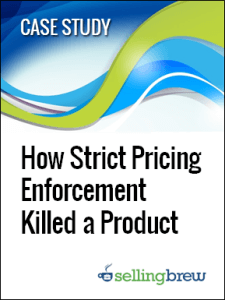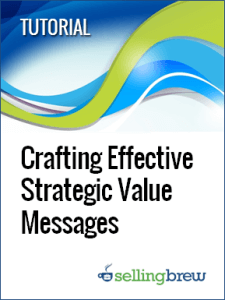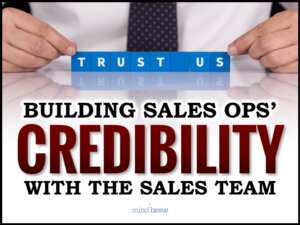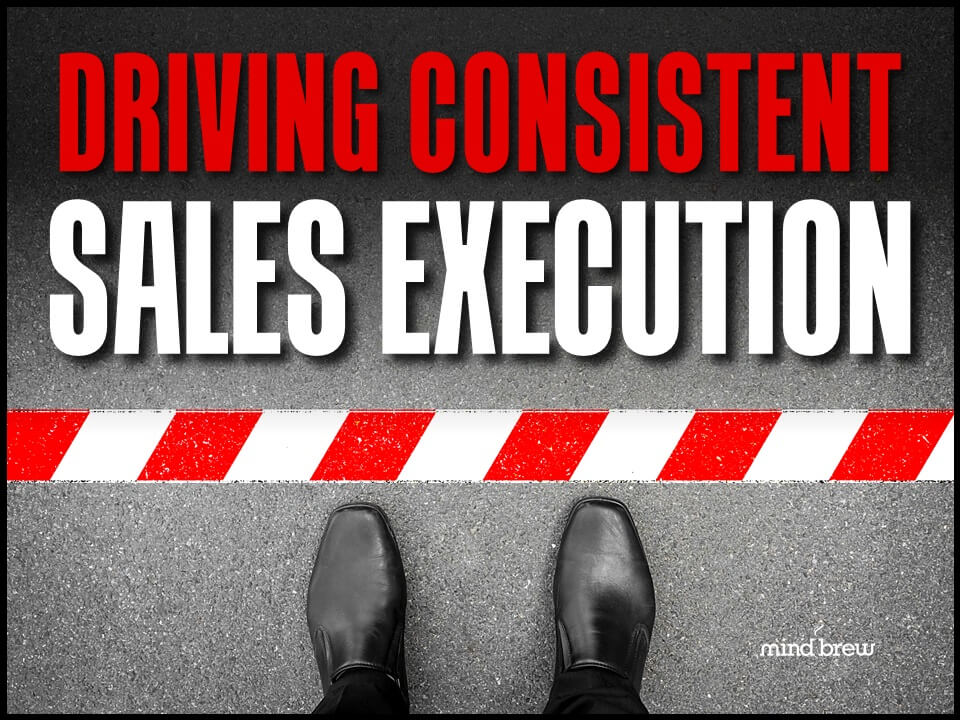In 1964, Soviet mathematician Pyotr Ufimtsev published a paper titled “Method of Edge Waves in the Physical Theory of Diffraction.” At the time, it seemed like a fairly unremarkable academic exercise. In fact, Soviet officials considered it so unnoteworthy that they approved it for international distribution.
But a decade later, Ufimtsev’s paper would change the shape of modern warfare. Literally.
You see, Ufimtsev had figured out how to calculate the radar signature of an airplane wing. And by extrapolation, how to design an aircraft that could avoid radar detection.
The only downside was that such an aircraft would be so unstable that it would be unable to fly—using 1960s technology.
In the mid-1970s, an American engineer named Denys Overholser read Ufimstev’s paper and realized that it gave them the mathematical theory necessary for creating a stealth aircraft. It allowed the United States to create the F-117A Nighthawk.
The F-117A was very, very good at avoiding radar detection, but it still had plenty of limitations.
It was slower than other attack planes. It had a large blind spot to the rear. And if you’ve ever seen the Nighthawk, you know that it is one of the most unusual-looking airplanes ever created. It’s covered in flat, diamond-like facets and is shaped more like a triangle than like a traditional jet with a fuselage and wings. In fact, many people who looked at it wonder how it could even fly. They nicknamed it the “hopeless diamond.”
In fact, it is unstable on all three axes and can only stay aloft with a computerized fly-by-wire system. Such a computerized system was impossible in the 1960s.
But not in the 1970s.
In its day, the F-117A was the cutting edge of technology. You might even call it the bleeding edge. The designers had to make lots of compromises in order to create a plane that could avoid detection and still stay aloft. The computers of the 1970s allowed them to create the faceted design, but not to create a stealth aircraft with curved surfaces that would allow it to be more aerodynamic.
However, later generations of stealth aircraft, like the B-2 Spirit, the F-22 Raptor, and the F-35 Lightning, all benefited from improvements in computing technology that allowed designers to create curved, more aerodynamic surfaces. These planes’ designers had to make fewer compromises while still benefiting stealth technology.
Something similar has happened with the development of sales technology.
Sales technology has come a long way from the early days of relatively simple CRM systems. But in the early days of machine learning, the tools that allowed organizations to optimize sales were undeniably amazing–able to identify up- and cross-sell opportunities, direct salespeople to targeted new prospects, provide optimal prices, and develop customized incentive plans.
But like the designers of the F-117A, the designers of early sales optimization software had to make some compromises. The technology was sometimes hard to use. Hard to install. And expensive–often only affordable to the largest companies.
If you tried these sales optimization tools in these early days, you might have had a negative experience.
But computing technology has undergone a lot of advances in recent years, and today’s tools are far more advanced and user-friendly than these early models. Software engineers no longer have to make the same sort of compromises–and machine learning has been able to take advantage of the data from those early adopters. Increased computing power and software-as-a-service means tools can analyze data and test customer and prospect scenarios at an incredibly granular level. Implementation is much easier than it used to be, and many solutions can plug right into the existing software and tools you’re already using.
If you haven’t tried to the new tools, or tried them in the early days, you’ll likely be surprised at what’s possible now. To learn more about how far modern sales software has come, check out the webinar Making Sense of Sales Technology. It gives you a look at what you can do with the latest technology. And our webinar on Predictive Sales Analytics demystifies how the technology works to deliver results, explaining the fundamental principles and concepts.
After the US adopted stealth technology, the rest of the world soon realized that they needed something similar if they wanted to keep up. In the same way, sales teams in nearly all industries have adopted cutting-edge sales optimization tools. If you want to remain competitive, you really need to invest in this kind of technology.













